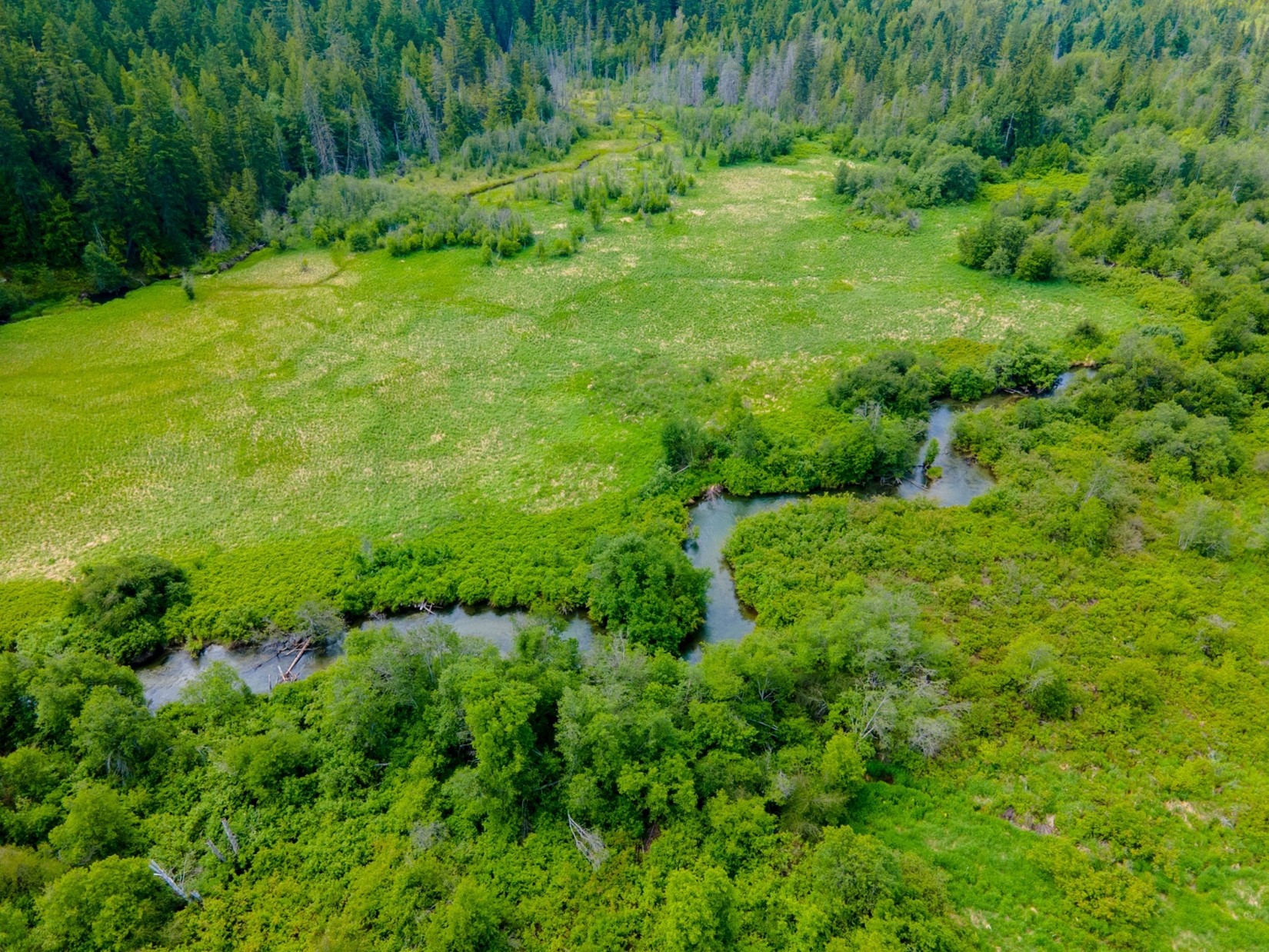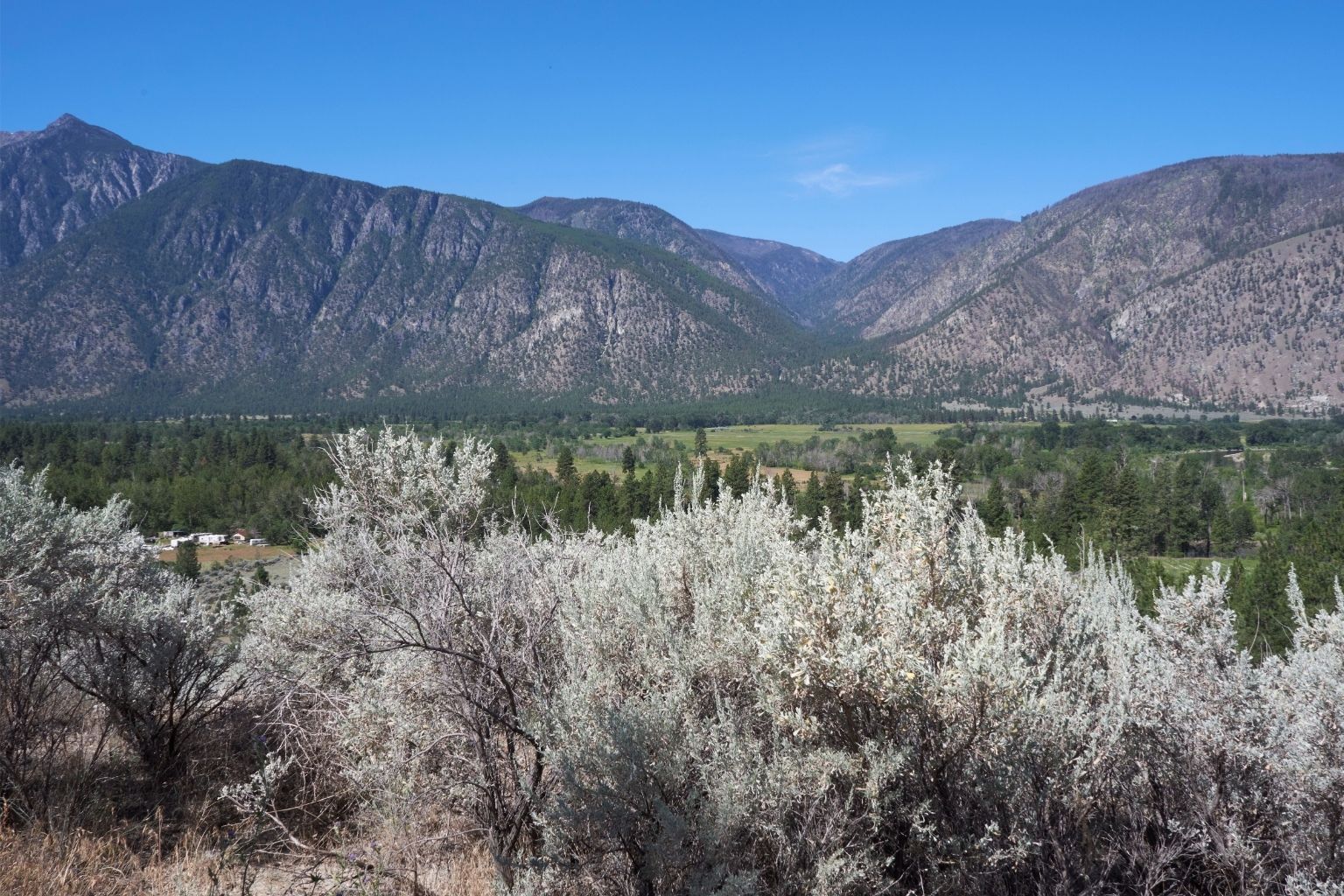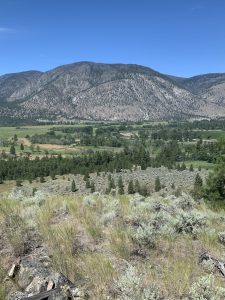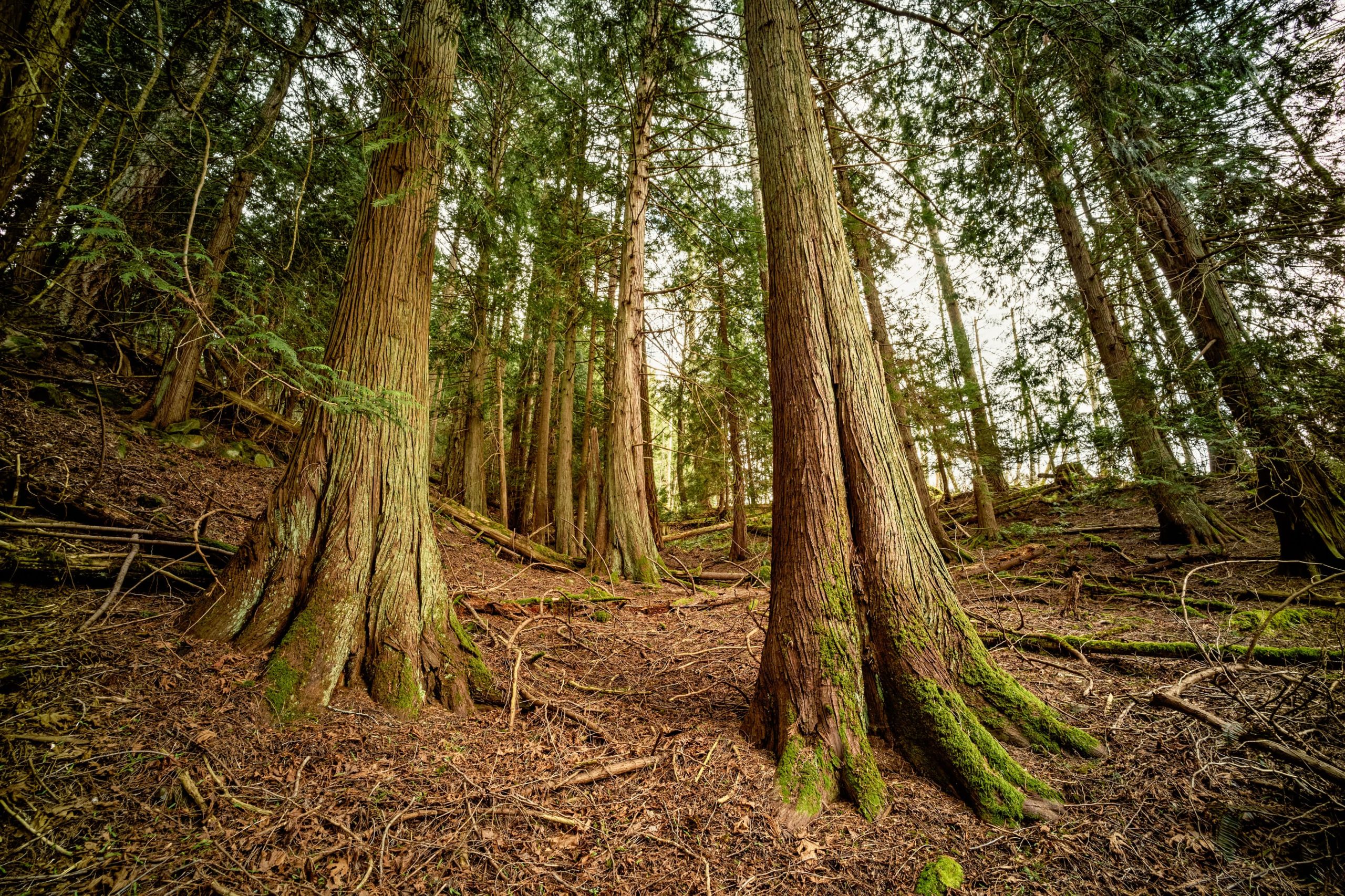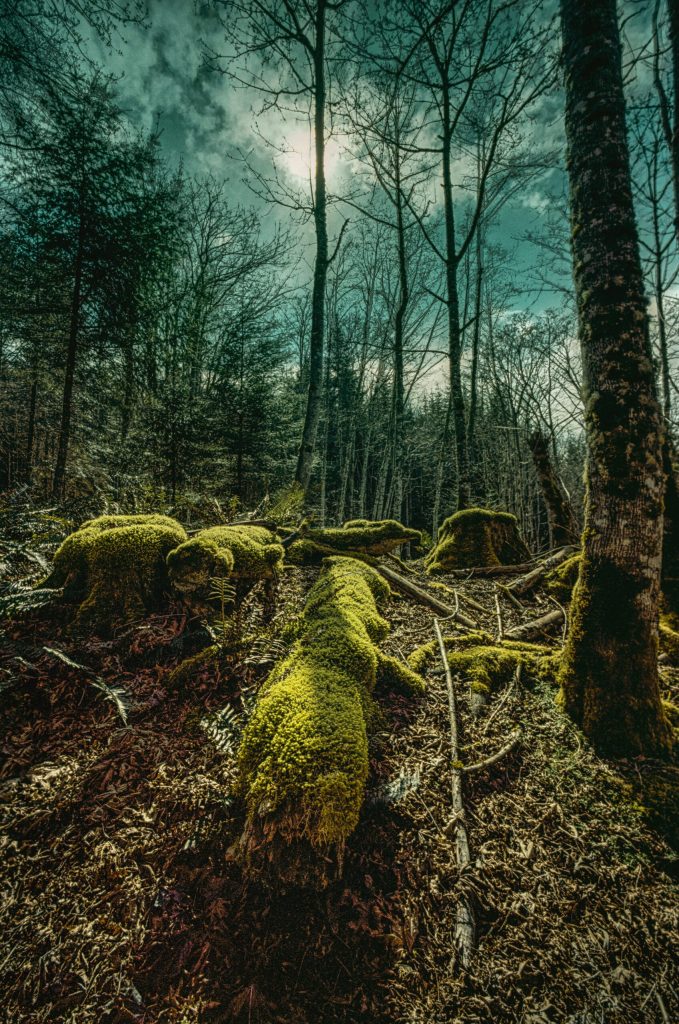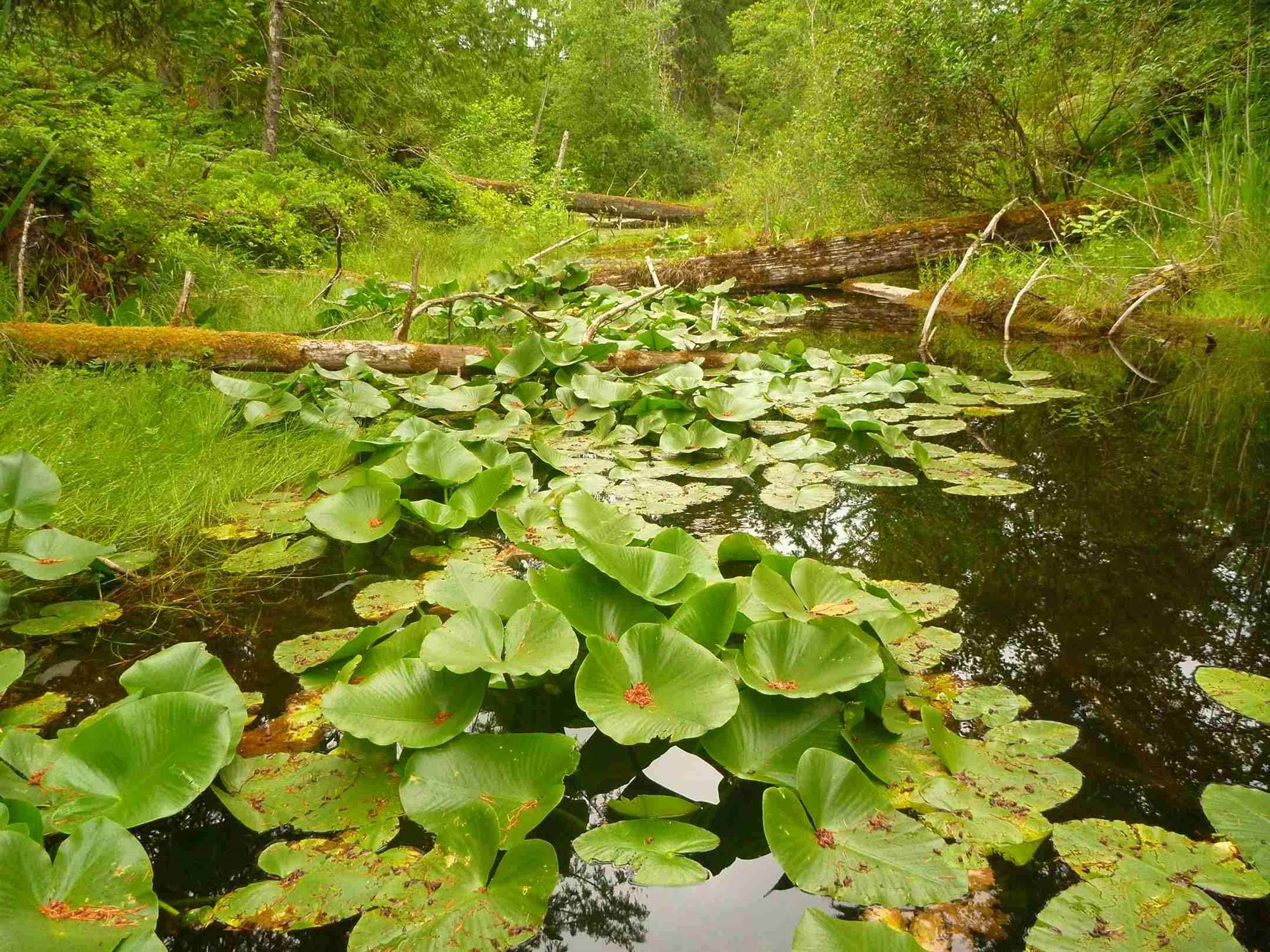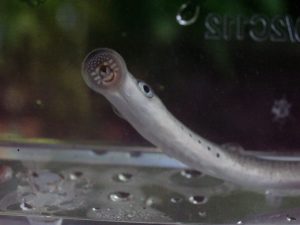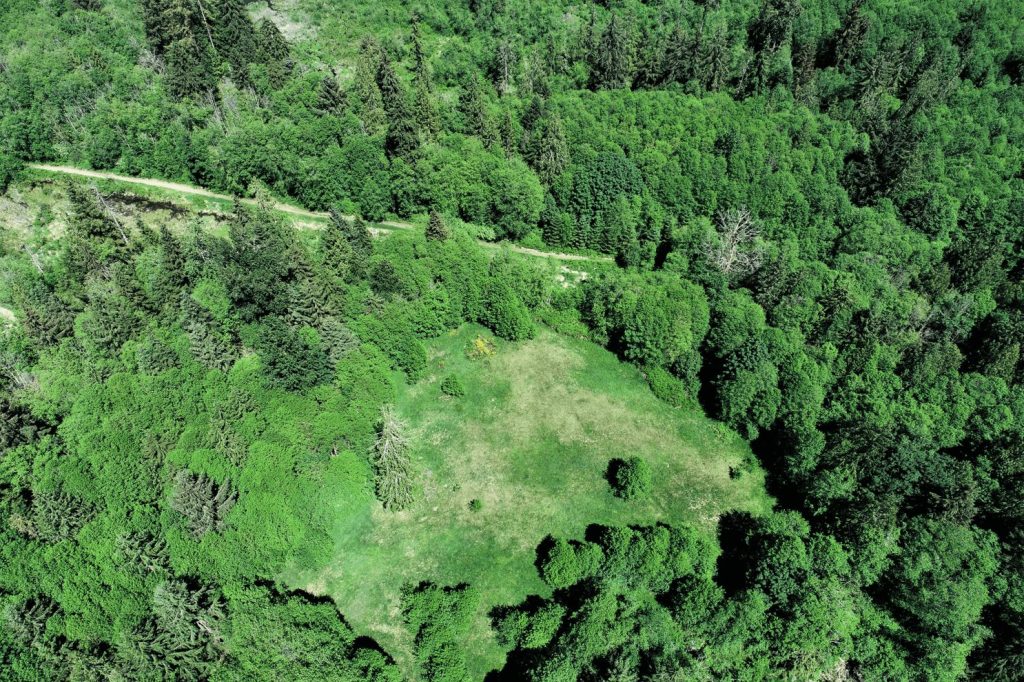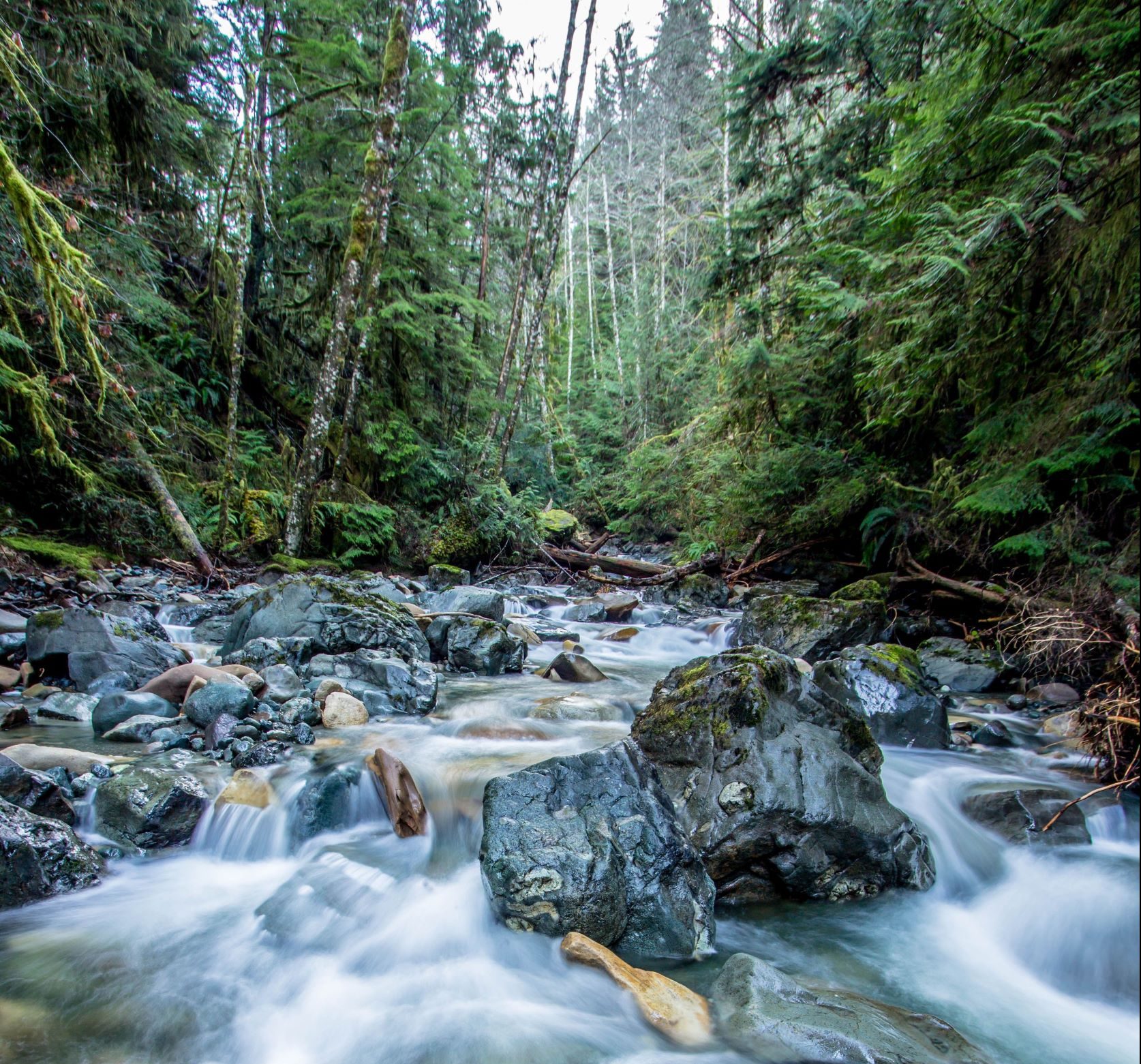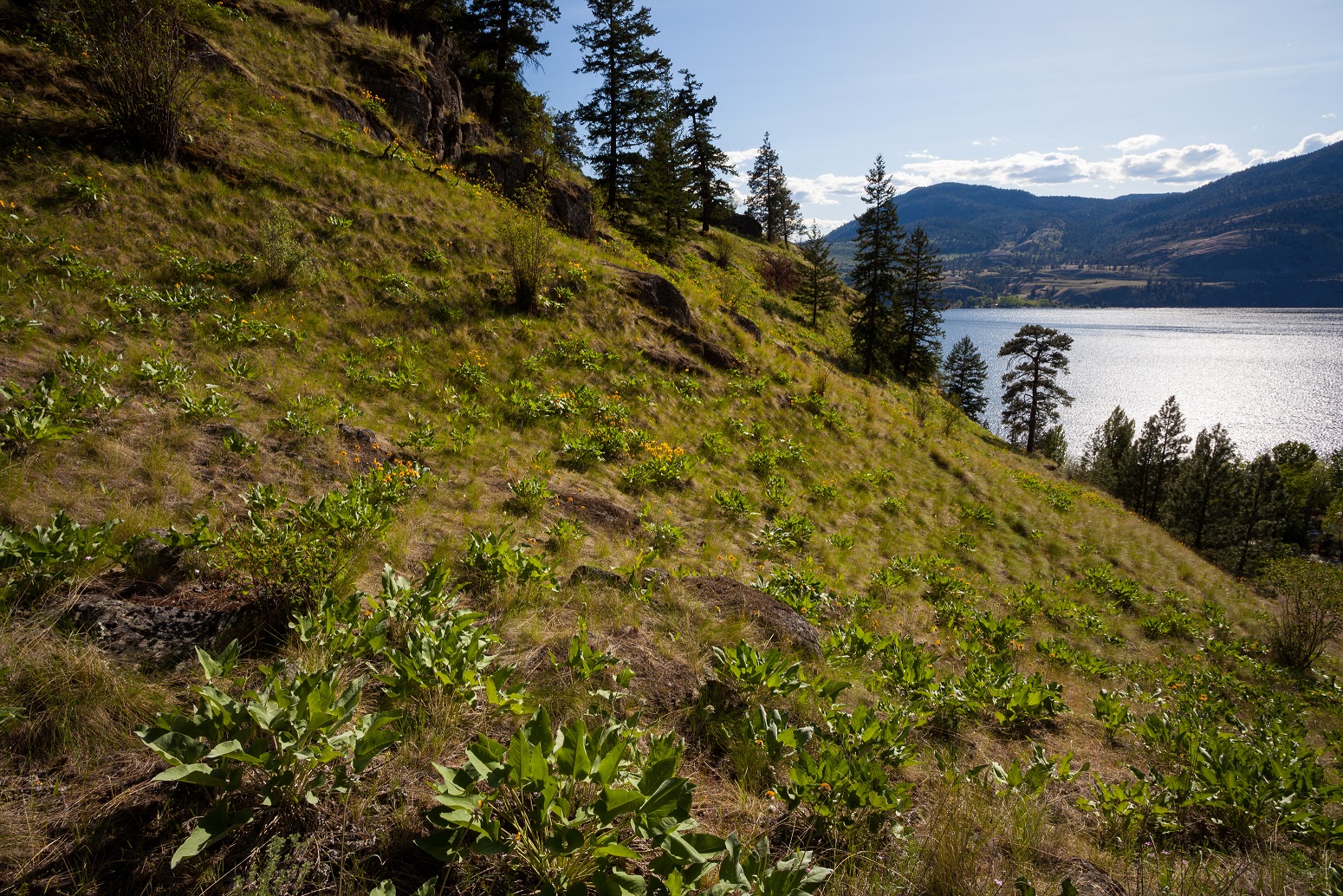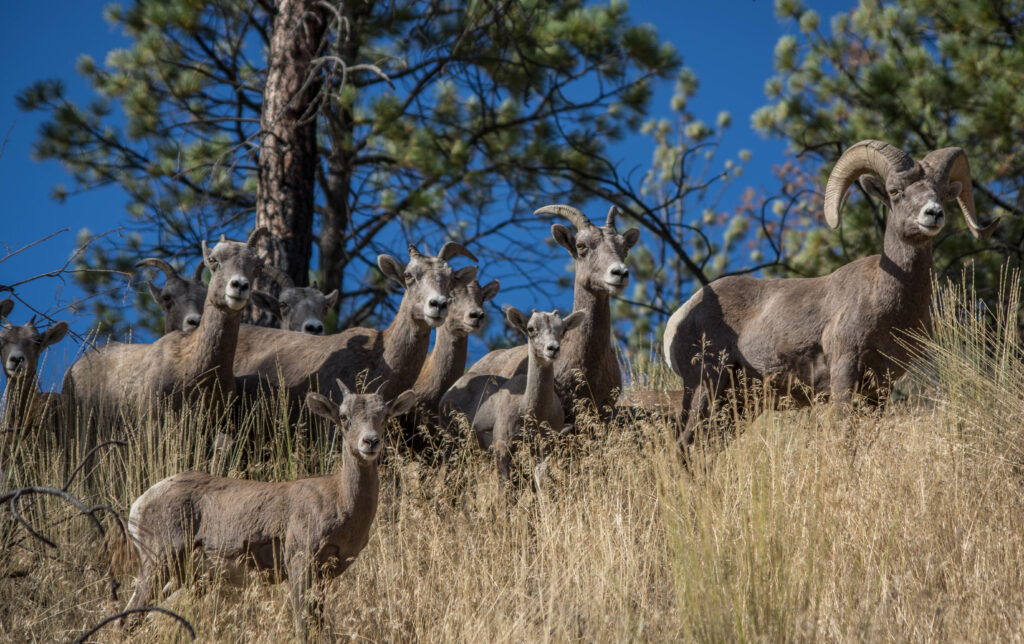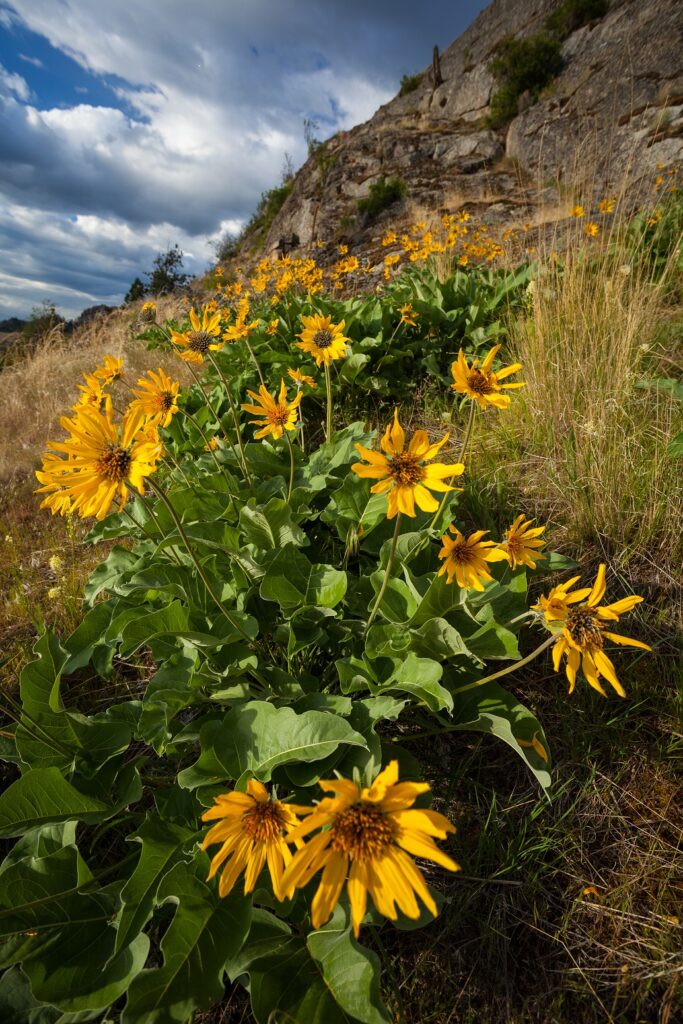Habitat conservation and restoration is key to reviving natural resiliency across landscapes
Work is underway to restore salmon habitat along Gates Creek, northeast of Pemberton, on land held by the Nature Conservancy of Canada (NCC). The multi-stage restoration project is designed to enhance rearing habitat for salmon and other fish, increase the stability of the main creek channel, re-establish the floodplain canopy to shade the stream, and provide more open water wetland area for waterfowl.
NCC is engaging with the N’Quatqua First Nation to ensure the restoration work meets shared objectives and to learn from community members’ interests in and connection to the creek, the wildlife and the larger landscape.
The restoration project is occurring in NCC’s Gates Creek Conservation Area, which was first conserved in 2021. NCC has just acquired a neighbouring property, expanding the conservation area and enhancing its resiliency and reach. This recent addition brought another 474 metres of the creek and more than 5 hectares of riparian habitat under protection, and will help close the gap between the two halves of the existing conservation area.
“Gates Creek is more than just a waterway – it’s a whole system that fish, birds and other wildlife, not to mention the local community, rely on,” said Hans Herrmann Alvarez, West Coast Program Manager for NCC. “Restoration here will support the health of the overall system, bringing diversity and complexity to a landscape that has lost quite a bit of its natural function. We are excited to be able to support the N’Quatqua’s vision for this area, and we are grateful for our funding partners who are similarly excited to reverse habitat loss through restoration.”
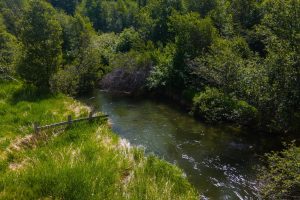
Section of Gates Creek – photo by Fernando Lessa
The creek supports several fish species of conservation and cultural importance. Sockeye, coho, chinook and pink salmon migrate up from the Fraser River, through the Fraser Canyon and Hell’s Gate, and finally through Seton and Anderson lakes into Gates Creek. Bull trout, Dolly Varden, kokanee, lake trout, mountain whitefish and rainbow trout are all found in this waterway.
The restoration project will rehabilitate wetland and streamside areas that are used by a diversity of fish, birds, insects and other wildlife. The initial phase will focus on installing woody debris to create microhabitats and increase channel complexity, planting native vegetation along the creek to re-establish stream cover and floodplain canopy, and suppressing invasive reed canary grass.
In addition to important aquatic habitat, Gates Creek Conservation Area protects part of a high-quality wildlife corridor for grizzly bears travelling across the valley, preserving a crucial linkage between two isolated and threatened grizzly bear populations.
Both the restoration project and the recent acquisition to expand the conservation area received funding from the Government of Canada through the Natural Heritage Conservation Program, part of Canada’s Nature Fund. Additional significant financial contributions for the expansion acquisition came from Habitat Conservation Trust Foundation, the Fish and Wildlife Compensation Program, the Longhedge Foundation and the Pemberton Wildlife Association.


